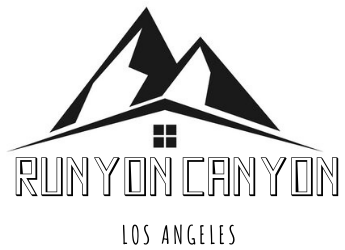What happens when an alkali metal reacts with a halogen?
Exposing an alkali metal to a halogen will cause an extremely exothermic reaction that results in an ionic salt. Almost every salt of an alkali metal is highly soluble in water. They form conducting solutions, proving their ionic nature.
What halogens react with alkali metals?
All the alkali metals react vigorously with halogens to produce salts, the most industrially important of which are NaCl and KCl. Sodium Chloride is used as a preservative for meat and to melt the ice on the roads (via freezing point depression).
Why do the halogens Group 17 react quickly and easily with the alkali metals group 1 to form salts?
Using electron configuration, explain why the halogens readily react with the alkali metals to form salts… They easily lose valence electrons and form compounds such as sodium chloride. Why is an iron alloy, such as steel, preferred over pure iron? They tend to be harder, stronger, and more resistant to corrosion.
How do halogens react with metals?
Sodium and chlorine react vigorously when heated, giving an orange flame and clouds of white sodium chloride….Reactions with metals.
| Halogen | Reaction |
|---|---|
| Iodine | Hot iron wool reacts slowly in iodine vapour to produce grey iron(II) iodide |
Do alkali metals react with water?
Alkali metals react with water to produce heat, hydrogen gas, and the corresponding metal hydroxide. The heat produced by this reaction may ignite the hydrogen or the metal itself, resulting in a fire or an explosion. The heavier alkali metals will react more violently with water.
Why is sodium an alkali metal?
alkali metal, any of the six chemical elements that make up Group 1 (Ia) of the periodic table—namely, lithium (Li), sodium (Na), potassium (K), rubidium (Rb), cesium (Cs), and francium (Fr). The alkali metals are so called because reaction with water forms alkalies (i.e., strong bases capable of neutralizing acids).
What are properties of alkali earth metals?
Properties of Alkaline Earth Metals
- shiny.
- silvery-white.
- somewhat reactive metals at standard temperature and pressure.
- readily lose their two outermost electrons to form cations with a 2+ charge.
- low densities.
- low melting points.
- low boiling points.
What is Group 3/12 called?
the transition metals
The elements in groups 3-12 are called the transition metals.
Why Group 17 is called halogens?
The group 17 elements include fluorine(F), chlorine(Cl), bromine(Br), iodine(I) and astatine(At) from the top to the bottom. They are called “halogens” because they give salts when they react with metals.
What is meant by alkali metal?
What metal catches fire in water?
alkali metals
Almost all metals burn, given a suitable environment. Metals typically burn at extremely high temperatures, and alkali metals, such as lithium, sodium, potassium, rubidium, and cesium, are particularly reactive with water.
